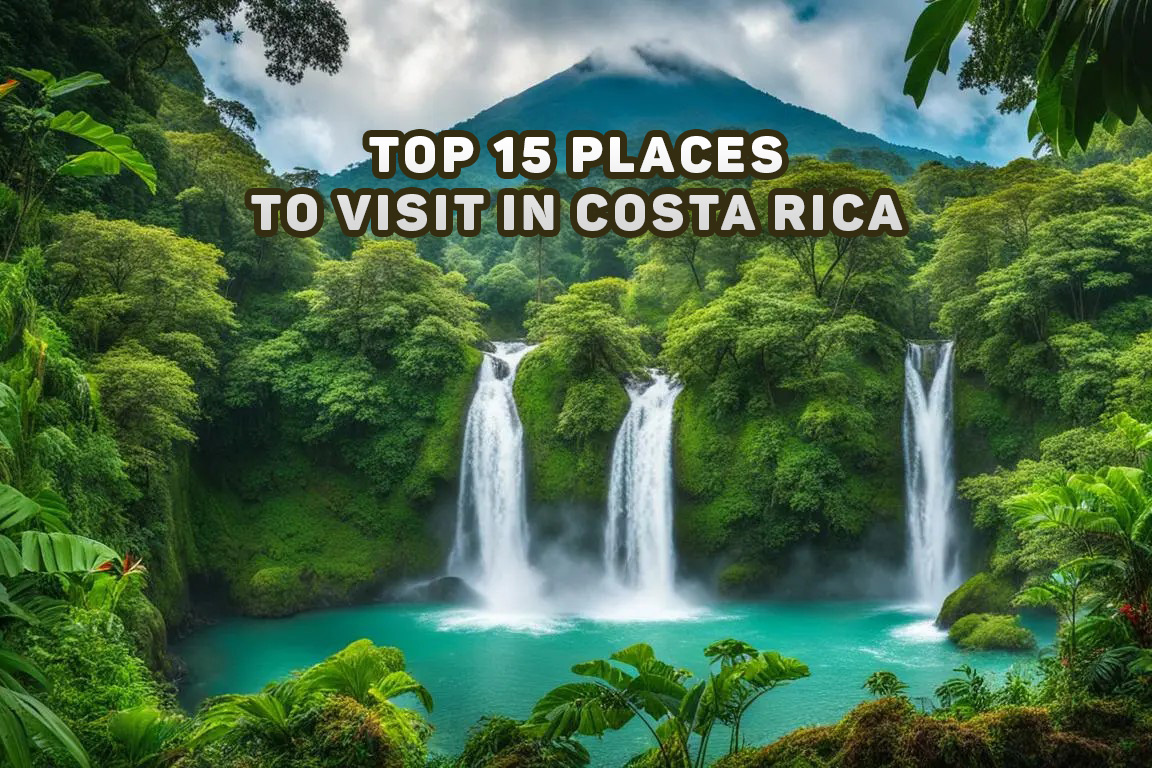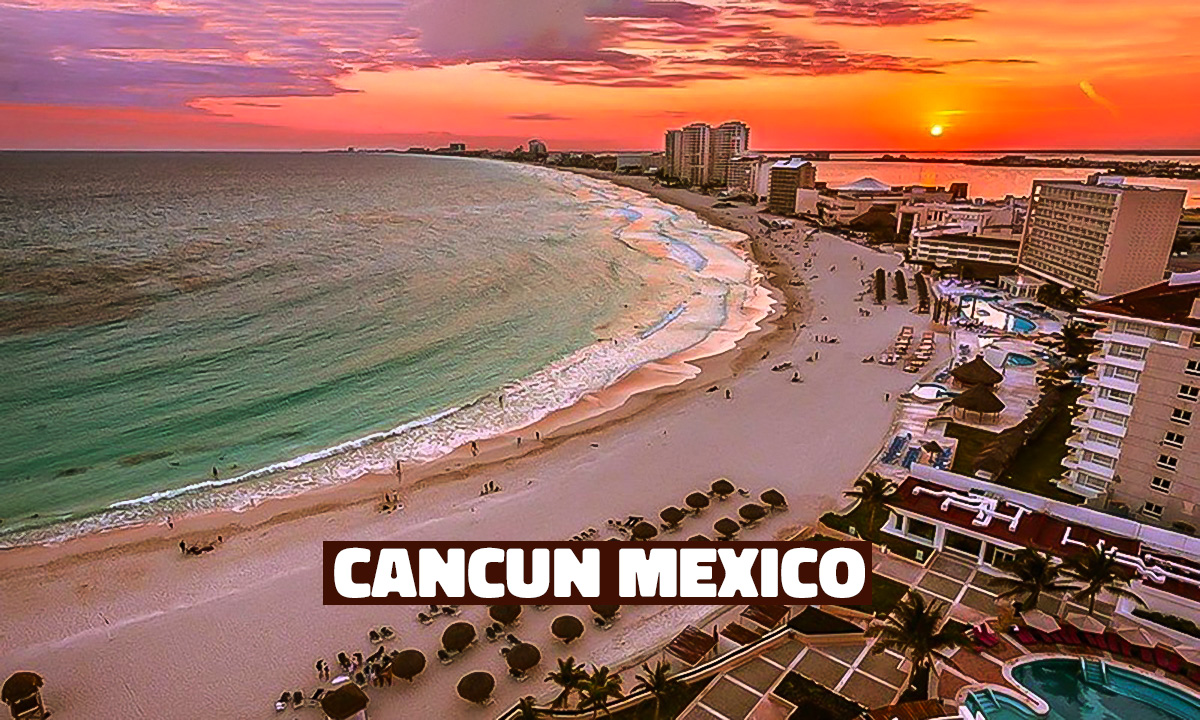The German capital Berlin is a perfect candidate for an unforgettable urban getaway in Europe. Checking all the desirable aspects, this thriving city flaunts extraordinary nightlife, delectable local cuisine, a compelling past, globally renowned beer, and some of the most impressive landmarks and museums. If you haven’t yet set foot in Berlin, quickly add it to your must-visit list. The German capital caters to all a traveller’s whims and fancies, especially appealing to the younger, student crowd, thus making it an ideal city adventure. Here are 20 best places to visit in Berlin, Germany.
Table of Contents
Best Places to Visit in Berlin
Here are my picks for the best places to visit in Berlin, my opinion is based on Google reviews and personal experience.
1. Alexanderplatz
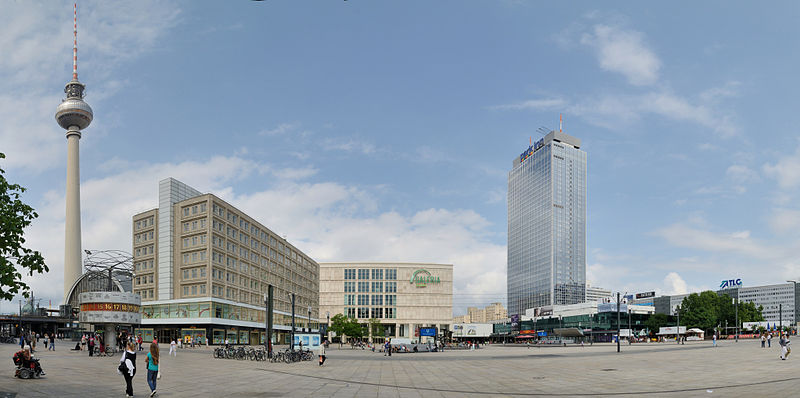
Let’s take a walk through time in Alexanderplatz, a vibrant square in Berlin that has been alive with activity since medieval times. It’s not just a popular spot for tourists; it’s a symbol of the city’s strength, a witness to its turbulent history, and a representation of its lively present.
During the final stages of World War II, Alexanderplatz was left in ruins after relentless air bombings. But like a phoenix rising from the ashes, it was rebuilt. Located in the core of East Berlin, the square was rejuvenated by the German Democratic Republic (GDR) and blossomed into the lively hub of the city.
In the 1960s, East Germany unveiled an ambitious plan for Alexanderplatz. It was expanded and transformed into a pedestrian area. The impressive Fernsehturm, or Television Tower, was erected as a symbol of the GDR’s power and remains one of Europe’s tallest monuments.
Then, on November 4, 1989, the square witnessed a historic event. Half a million people gathered there, expressing their dissent against the communist regime. Just five days later, the Berlin Wall fell, opening up the borders between East and West Berlin.
If you visit Alexanderplatz today, you’ll experience its vibrant modern atmosphere. As you walk from the city center toward the TV Tower, you’ll find the “original” square just beyond this iconic landmark. Bars and shopping centers like Galeria Kaufhof line the streets, inviting you with their gleaming displays. The World Time Clock, which shows 24 global time zones, stands tall, while the Fountain of Friendship Between Peoples adds a touch of charm.
On the western side of the square, you’ll discover three historic sites: the ancient St. Mary’s Church (Marienkirche), the beautiful Neptune Fountain (Neptunbrunnen), and the Red Town Hall (Rotes Rathaus), named for its distinctive red brick exterior. It currently serves as the headquarters of the Berlin Senate.
The communist-era Alexanderplatz is characterized by two wide avenues, especially the impressive Karl-Marx-Allee, lined with buildings influenced by Soviet architecture. From a place scarred by war and conflict, Alexanderplatz has transformed into a vibrant hub that exudes the unique energy of Berlin.
2. Brandenburg Gate
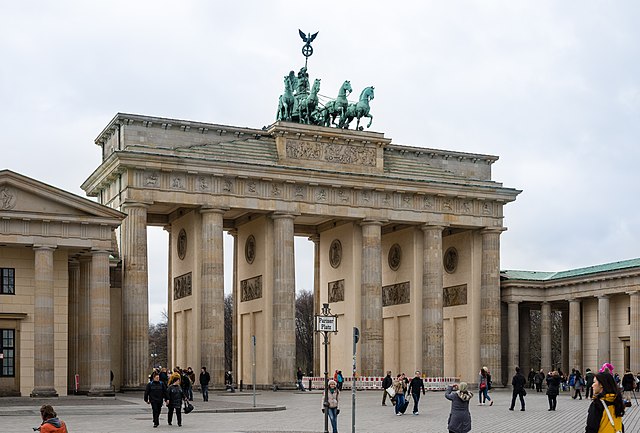
It’s Berlin! But not just any Berlin. It’s the Berlin of the Brandenburg Gate – Brandenburger Tor if we’re being authentically Deutsch. This magnificent monument! A stalwart symbol, standing for unity, peace, once a beacon of division. Now that’s a transformation.
Big. Bold. Beautiful. This colossal Neoclassical gate, oh, it didn’t just appear out of thin air! There’s a tale etched in its sandstone, going back to 1788 when a certain King – Frederick Wilhelm II – gave it life. Have you heard about the Propylaea of Athens’ Acropolis? That’s where the inspiration came from, setting the tone for the architectural marvel that was to be. And standing tall at 26 meters in the center of all action – Pariser Platz in the Mitte district, it enjoys the splendid company of the Reichstag building.
Think back, way back to the Cold War era. The Gate then! Neither welcoming, nor uniting. A strange irony it was, blocked off by the Berlin Wall. Imagine the symbolic power, the quiet resistance it inspired among West Berliners. Almost a rallying cry, their favorite site for demonstrations. Its fame knows no bounds; it was there, right there, behind US President Ronald Reagan as he boldly asked Mikhail Gorbachev, the Soviet honcho, to bring down the wall. A moment etched in global consciousness!
And then, fast forward to ’99. The Gate witnessed another moment for the ages. You had political bigwigs, from all walks, all countries, coming together in a show of unity. Merkel from Germany, Gorbachev from Russia, Walesa from Poland, each walking through the gate, hand in hand, remembering the Wall’s fall from a decade ago. Poignant doesn’t even begin to describe it!
When night descends, the Gate takes on a new persona. Almost magical, the way it’s illuminated against the inky Berlin sky. Visiting it? It’s not just an activity, it’s a rite of passage. It won’t cost you a dime, but oh, it’ll leave you rich in memories. Next time you’re in Berlin, don’t miss it. English
3. Check Point Charlie
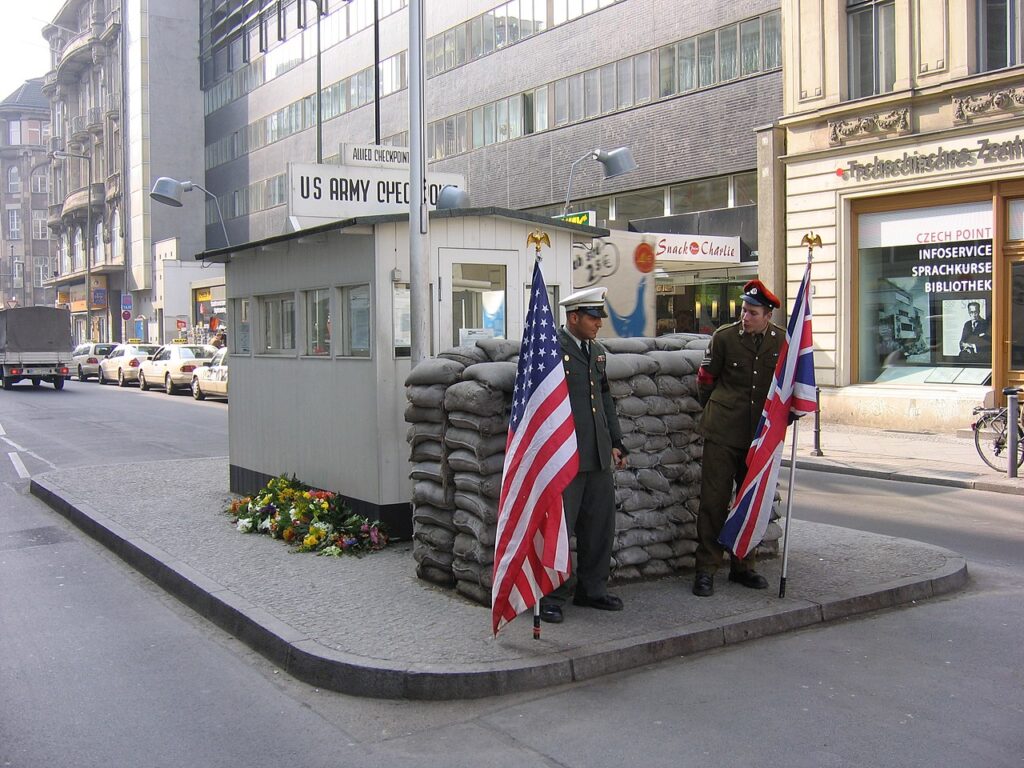
Let’s explore Checkpoint Charlie with our imagination, shall we? Just hearing the name brings to mind images of tension during the Cold War, the line that divided East and West. But today, it’s a completely different scene. The former border crossing has transformed into a bustling tourist spot filled with stalls selling souvenirs and trinkets. Actors dressed as US and Soviet guards add to the lively atmosphere. It’s a place of quick snapshots and awe, with tour buses bringing in loads of visitors who create lasting memories.
However, amidst all the noise of commercialism, there stands a significant piece of history – the Haus am Checkpoint Charlie. It’s more than just a museum; it’s a symbol of the human spirit. Dr. Rainer Hildebrandt had a vision for it, not just as another museum, but as a peaceful protest against the Wall that divided the city. He wanted to create a place that captured the unfolding events at this famous crossroads. He believed it should be “as close as possible to the injustice itself, where human greatness fully unfolds.”
And that’s exactly what it is. The museum doesn’t just tell stories; it reveals acts of heroism and incredible escapes that are hard to believe. Some stories have happy endings, while others do not. Each tale is presented with care, touching your heart. The Haus am Checkpoint Charlie is a tribute to bravery, resilience, and the power of hope against all odds. It’s a journey into the past that speaks volumes about our present. So, step inside, the door to history is wide open.
4. Berlin Zoological Garden
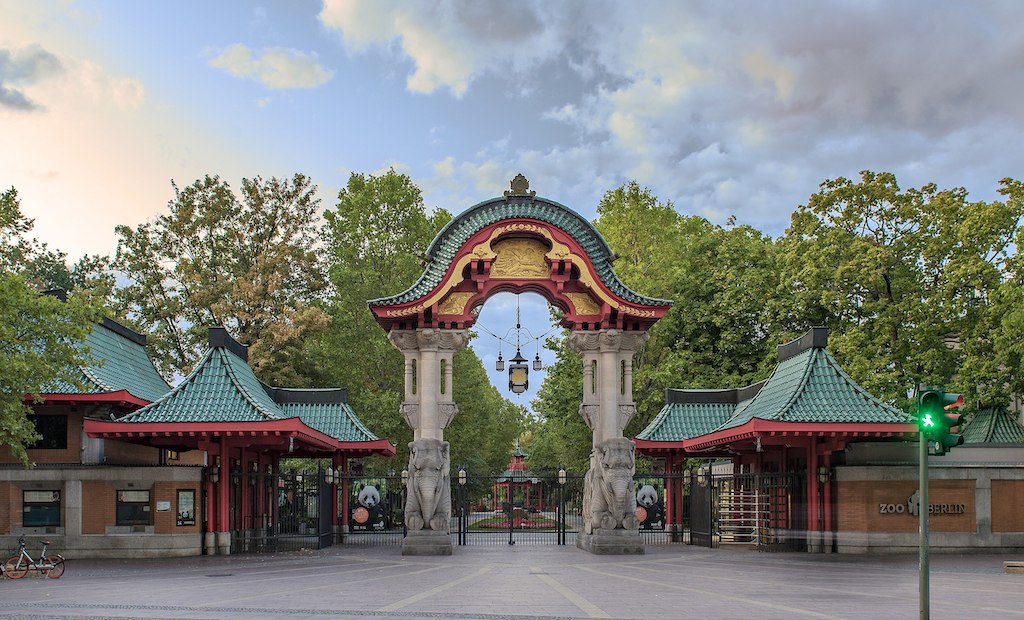
Imagine entering a world where nature takes the spotlight – welcome to the Berlin Zoological Garden. With a history dating back to 1844, it holds the distinction of being not only Germany’s oldest zoo but also its most esteemed. But what makes it truly special?
Let’s explore the captivating world that awaits you. The zoo is home to an astounding 1500 different species, each one showcasing the diverse wonders of life on Earth. From majestic polar bears to intriguing pandas, from adorable waddling penguins to slithering reptiles, you’ll find them all here. It’s a vibrant display of biodiversity, making it an incredible educational experience for both kids and adults.
And that’s not all! The zoo’s team arranges captivating shows and feeding sessions that draw visitors into the heart of the animal kingdom. Watch as seals flip and play, bringing joy to the crowd, or witness the awe-inspiring power of the big cats during feeding time. It’s a spectacle like no other!
Despite its wide array of species, the zoo is designed to be easily accessible. Its compact layout ensures that even those with little legs won’t tire quickly, making it an ideal family outing.
However, a word of advice – this place is extremely popular among tourists and attracts large crowds every year. To avoid peak season rush, it’s highly recommended to visit early. So, grab your comfortable shoes, your camera, and your sense of wonder, and embark on a thrilling adventure at the Berlin Zoological Garden.
5. Potsdamer Platz
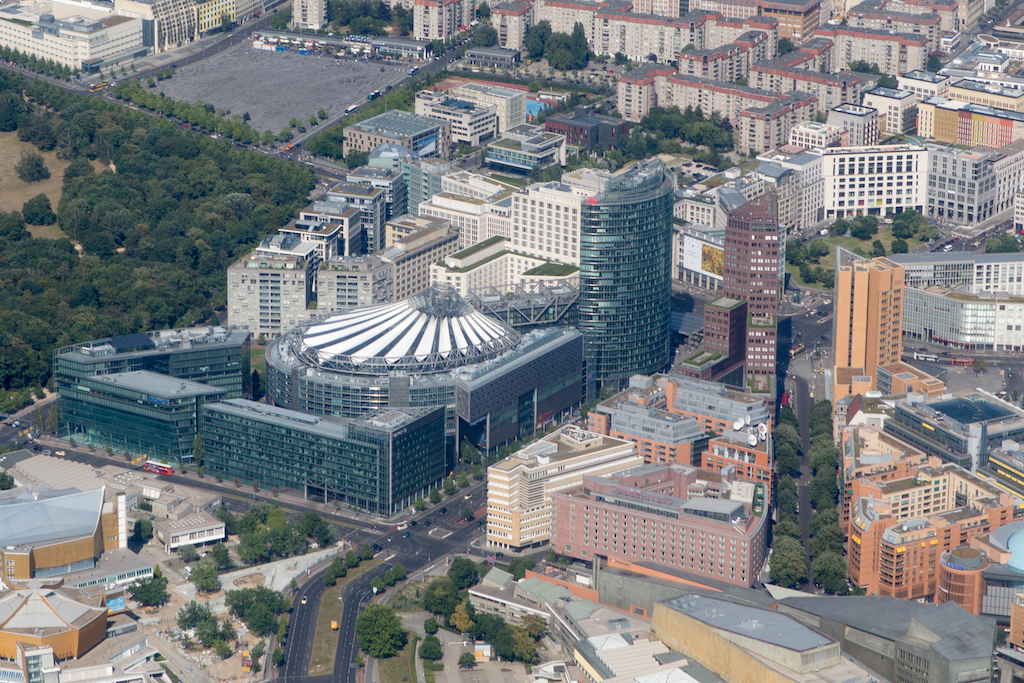
Berlin is often celebrated for its remarkable capacity to reconstruct and rejuvenate, embodying the adage that “what is old is new again.” Nowhere is this sentiment more fitting than in the captivating evolution of Potsdamer Platz, a public square that carries the imprints of its historical wounds while proudly symbolizing contemporary vitality. It is home to the prestigious Berlinale, an annual international film festival, and serves as a vibrant hub, showcasing the city’s indomitable spirit of rejuvenation.
When we delve into the past, we encounter a different Potsdamer Platz. Once the bustling heart of Berlin, this lively square thrived with noise and activity. Sadly, it was devastated by the Allied bombings during World War II, reducing it to silence. Later, the Berlin Wall cut through it, leaving the square desolate and abandoned.
However, every cloud has a silver lining. With the fall of the Berlin Wall in 1990 and the subsequent reunification of the city, Potsdamer Platz experienced a rebirth. The government embarked on an ambitious mission to transform this forgotten square into a shining symbol of modernity.
Today, Potsdamer Platz stands in stark contrast to its desolate past. It has been reimagined and revitalized into one of the capital’s most sophisticated areas, filled with impressive architecture. Yet, amidst its modernity, it remains connected to its history. If you look closely, you’ll catch glimpses of its illustrious past, such as the first manually operated traffic light in Europe, subtly paying homage to its rich heritage.
Potsdamer Platz is more than just a square; it is a living testament to Berlin’s past, present, and future. If the city were a book, Potsdamer Platz would be a captivating chapter, gripping its readers until the very end.
6. East Side Gallary
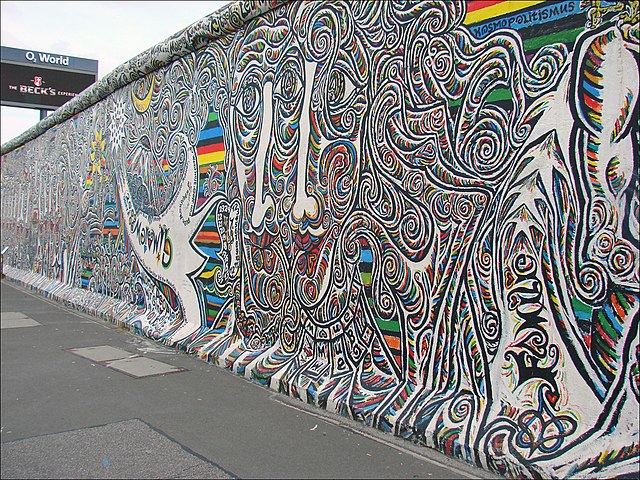
Imagine this: Berlin, a city with many different sides, many stories to tell. One story stands out, represented by a famous part of the Berlin Wall that still remains. It’s not just a symbol of division, but also a symbol of art, with a fascinating backstory as rich as the colorful paintings on it.
Let’s go back to 1990. Artists from all over the world came to this part of the Wall. The result? An explosion of creativity with 101 paintings, turning it into a gallery that emerged from the darkest times in history. One painting, in particular, captures attention. It’s a powerful portrait by Dmitri Vrubel, showing a fraternal kiss between Brezhnev and Hönecker. In Soviet culture, it represents a sign of great respect, now immortalized on concrete.
But, like all stories, controversies arise. Over time, the original artwork suffered from damage caused by the passage of time and human hands. In 2009, restoration efforts aimed to breathe new life into the fading masterpieces. However, this sparked a debate. Some original artists were against the idea of replicas replacing their original works.
Now let’s fast forward to 2012 and 2013. Once again, the Wall took center stage. This time, the battle was against the construction of luxury apartments encroaching upon its space. Protests filled the streets of Berlin, and even David Hasselhoff, who became a symbol of reunification, added his voice to the outcry. However, despite the strong opposition, a six-meter section of the Wall was breached, making way for the controversial construction site.
Ah, Berlin’s Wall! It’s more than just a remnant of history. It’s a canvas, a place of conflict, and a symbol of the city’s resilient spirit. It will forever be photographed and remembered.
7. Memorial to the Murdered Jews of Europe
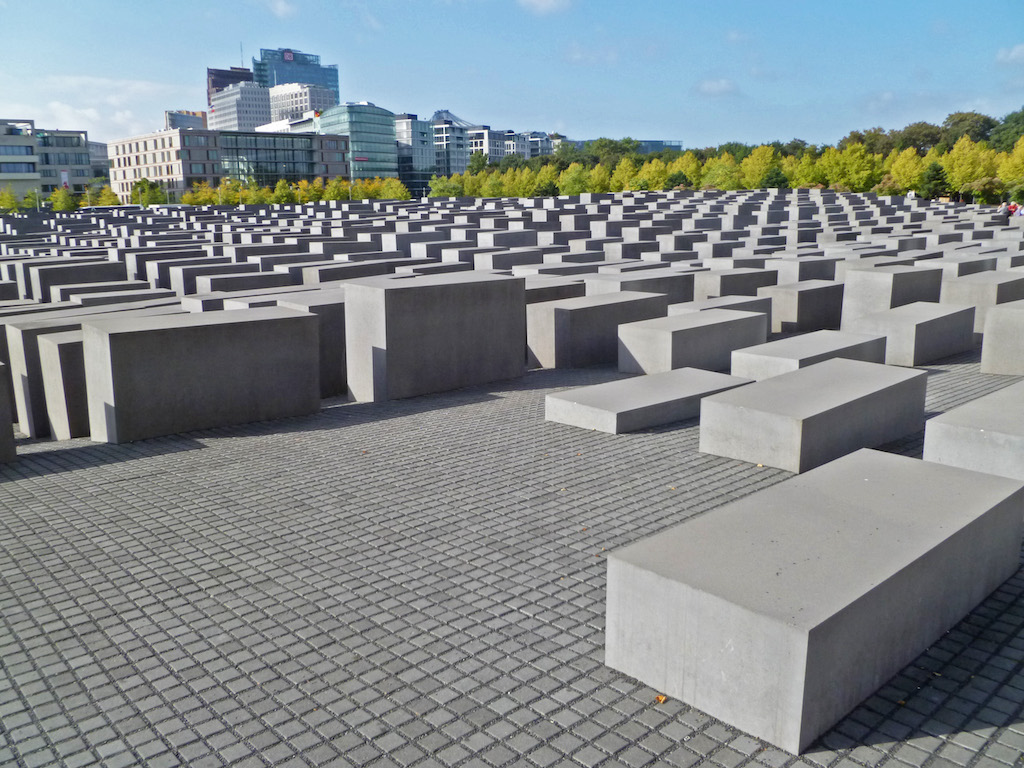
Imagine being in Potsdamer Platz. Picture the lively atmosphere, the energy, and then, just a short walk away, there’s a change. A serious reminder of history’s sad moments appears – Denkmal für die ermordeten Juden Europas. In English, it’s called the Memorial to the Murdered Jews of Europe. Suddenly, the city looks and feels heavy and quiet.
Right in front of you is a city block, not filled with buildings but concrete slabs, so many of them but not endless. They are arranged with great care, but not in a uniform way. They rise and fall on the uneven ground, like the gravestones in Prague’s Old Jewish Cemetery. The architecture speaks of the past.
The story of how it came to be goes back to ’93, when the idea started and took shape. Was it controversial? Yes, it was. But it wasn’t until 2005, twelve years later, that this abstract idea became the sacred monument we see today.
Now, let’s talk about Peter Eisenmann, the brilliant person behind this vision. His design isn’t meant to be seen from just one viewpoint; it goes against the idea of being seen from only one angle. Just like shared memories can’t be represented by one symbol, Eisenmann’s design can’t be fully experienced from only one perspective.
You have to go into the center of the memorial, interact with it. Feel the way the light and shadows play, the distance that separates and connects at the same time, the sense of being closed in as the slabs stand high above you, and the disorienting changes in perspective. It’s not just a monument; it’s an immersive experience, a serious dance with history.
8. Berliner Fernsehturm
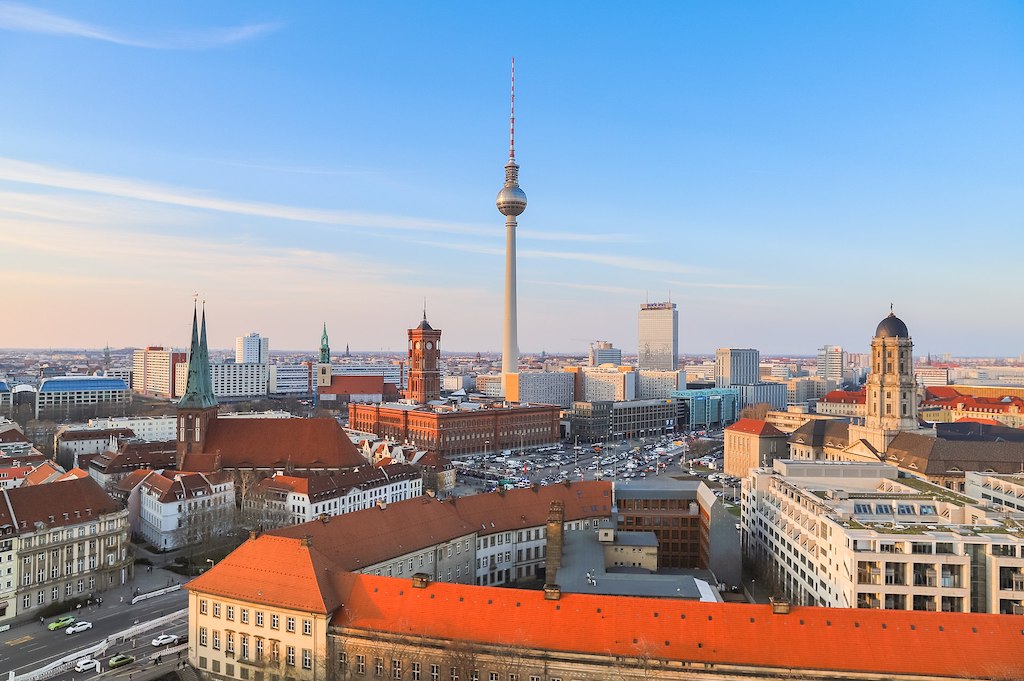
Berliner Fernsehturm The TV Tower, found in Alexanderplatz, is certainly the most famous and easily recognized landmark in Berlin. Being the tallest building in Germany, it’s hard to miss and stands as a symbol of the city itself. Every day, many people take a quick elevator ride to the top of the tower. There, they get to see amazing views of the whole city. What’s really cool about this is that you don’t have to move at all to see everything. The viewing deck turns around completely in one hour.
The TV Tower is located in what used to be East Berlin. The East German government needed a broadcasting station that could reach the whole country. So, they needed to build a big TV tower. At first, they planned to build it in the Müggelberge hills. But they soon realized that this could cause problems for the nearby Schönefeld Airport. So, Walter Ulbricht, the leader of the Socialist Unity Party, decided that the TV Tower should be built at Alexanderplatz instead. They started building it in 1964, and after four years of hard work, the tower was ready to use in October 1969.
Today, the TV Tower at Alexanderplatz is still a must-visit place for anyone going to Berlin. The view from the top is unbeatable: on clear days, you can see up to 80 kilometres away. The viewing deck, which is 203 meters high, gives you a great view of the city. There’s also a restaurant one floor up that offers a fantastic dining experience with amazing views. If you want a seat next to the window (which you should reserve ahead of time), you can enjoy a great meal while looking out over all of Berlin. This is an experience you won’t forget.
9. German Wall Memorial
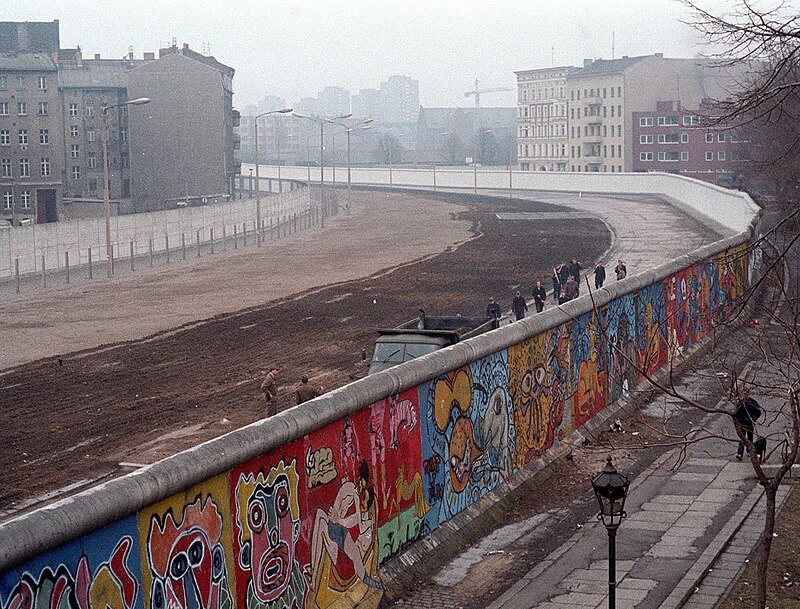
In the heart of Germany’s main city, there’s a moving tribute to a time when the country was split in two: the Berlin Wall Memorial. Located on the important Bernauer Strasse, the memorial covers 1.4 kilometers of what used to be the border. When the Wall was built, it violently interrupted the lives of the people living on Bernauer Strasse. The effects of that time can still be seen today. The Berlin Wall Memorial has been kept exactly as it was in the late 1980s, showing all parts of the old border.
When the border was closed on August 13, 1961, it drastically changed people’s lives, especially for those living on Bernauer Strasse. Suddenly, they couldn’t move freely in their own neighborhood anymore. They were separated from their neighbors, friends, and even family members. The houses on the other side of the street belonged to a different political system. Through no fault of their own, the people of Bernauer Strasse became witnesses and part of a major part of post-war German history that happened in Berlin. Some people were so desperate to escape, they jumped out of the windows of their apartments on the border of West Berlin, and some of them sadly died. However, there were also times when people successfully escaped from Bernauer Strasse. These dramatic moments were filmed and shown all over the world.
The Berlin Wall Memorial covers both sides of Bernauer Strasse. On the old border strip in East Berlin, there’s an outdoor exhibition that explains the history of the split, using Bernauer Strasse as an example. The area also has a tribute to the divided city and the victims of communist oppression, and the sad “Window of Remembrance.” In this area, you’ll also find the Chapel of Reconciliation, as well as the remains of an old apartment building that was part of the Wall until the early 1980s.
Across the street in what used to be West Berlin, you’ll find the Visitor Center and the Documentation Center, which includes a viewing platform. At the Nordbahnhof S-Bahn station, there’s an exhibit called “Border stations and ‘ghost stations’ along transit lines in divided Berlin” that explains how the Wall affected the city’s public transportation system.
The Berlin Wall Memorial is a moving reminder of a difficult time in history. It encourages visitors to think about the effects of division and to remember those who were impacted by this period in German history.
10. Gendarmenmarkt
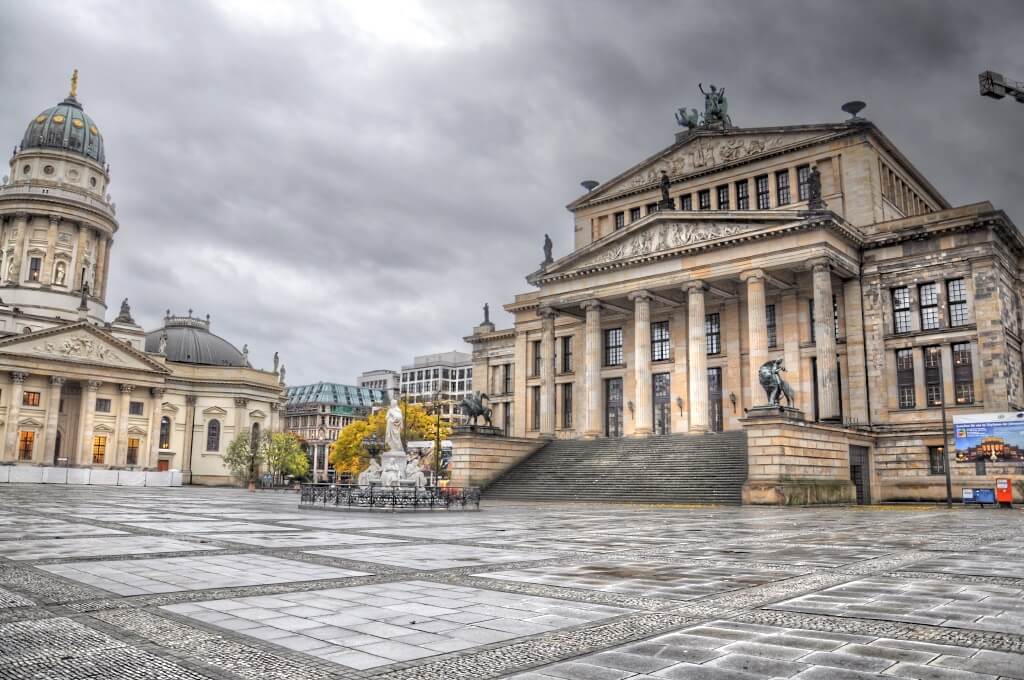
The Gendarmenmarkt is surely one of Berlin’s most beautiful squares. It’s famous for three stunning buildings: the German Cathedral, the French Cathedral, and the Concert Hall. There’s also a statue of Friedrich Schiller, a well-loved German poet, in the square.
This square was created in the late 1600s in Friedrichstadt, a new part of Berlin developed by King Friedrich I. The square was made to make space for around 20,000 French Protestants, known as Huguenots, who had been kicked out of France. The name of the square comes from the Huguenot regiment of soldiers who were based there until 1773.
During World War II, the buildings in Gendarmenmarkt were badly damaged or completely destroyed. It wasn’t until 1996 that they were fully repaired and the square was returned to its former glory. Around the Gendarmenmarkt, you can find some of the best restaurants and hotels in Berlin, making it a great spot to enjoy good food and stay in comfort. A short walk from the square will take you to the Berlin State Opera, the Comic Opera, and Museum Island, all adding to the city’s rich cultural life.
In December, Gendarmenmarkt turns into one of Berlin’s most beautiful Christmas Markets. The air is filled with festive joy as people enjoy the holiday season in the charming setting.
Gendarmenmarkt is truly a jewel among Berlin’s landmarks. It offers a mix of history, stunning architecture, and cultural activities that continue to charm visitors from near and far.
Recommended Read: Best German Cities to Visit
Other attractions you must visit in Berlin
| Number | Attraction | Brief Information |
| 11 | Berlin Cathedral | Known as Berliner Dom, the Berlin Cathedral is one of the most iconic buildings in the city. It’s a must-see for its grand architecture and the panoramic view from the dome. |
| 12 | Topography of Terror | An outdoor and indoor history museum on the site of buildings which during the Nazi regime were the headquarters of the Gestapo and the SS. |
| 13 | Pergamonmuseum | One of the most popular museums in Berlin, housing monumental buildings such as the Pergamon Altar, Ishtar Gate of Babylon, and the Market Gate of Miletus. |
| 14 | Charlottenburg Palace | This is Berlin’s largest and most magnificent palace. It’s surrounded by a beautiful baroque garden and hosts numerous art collections and historical artifacts. |
| 15 | DDR Museum | An interactive museum dedicated to life in East Germany (DDR). It’s a great place to learn about the history, daily life, and the eventual fall of the DDR. |
| 16 | Treptower Park | This park is not only a peaceful place for relaxation but also home to the impressive Soviet War Memorial, a monument dedicated to Soviet soldiers who fell in WWII. |
| 17 | Gardens of the World | A unique place featuring various garden styles from around the world. It’s a peaceful and beautiful spot for relaxation. |
| 18 | Mauerpark | A public park known for its lively atmosphere, Mauerpark is a local favorite spot where people enjoy outdoor karaoke, flea markets, and diverse food stalls. |
| 19 | Jewish Museum Berlin | One of the largest Jewish museums in Europe, offering a comprehensive overview of two millennia of German-Jewish history. |
| 20 | German Spy Museum | This museum offers a unique insight into the world of international espionage, with a special focus on activities in Berlin during the Cold War. |
| 21 | Reichstag Building | The meeting place of the German parliament. Its iconic glass dome offers a panoramic view over the city and symbolizes transparency in politics. |
| 22 | Museum Island | A UNESCO World Heritage site, it’s home to five world-renowned museums, including the Pergamonmuseum and Altes Museum. |
| 23 | Bode-Museum | Located on Museum Island, it houses a vast collection of sculptures, Byzantine art, and coins and medals. |
| 24 | Altes Museum | One of the five museums on Museum Island, it showcases a vast collection of classical antiquities. |
| 25 | German Historical Museum | The country’s national historical museum offers a deep dive into over 2,000 years of German history in a global context. |
Average Weather in Berlin, Germany
| Month | Average High (°F) | Average Low (°F) | Average Rainfall (inches) |
|---|---|---|---|
| Jan | 38°F | 29°F | 1.1″ |
| Feb | 40°F | 30°F | 0.9″ |
| Mar | 48°F | 35°F | 1.0″ |
| Apr | 57°F | 41°F | 1.0″ |
| May | 67°F | 49°F | 1.5″ |
| Jun | 71°F | 55°F | 1.8″ |
| Jul | 76°F | 59°F | 1.9″ |
| Aug | 74°F | 58°F | 1.6″ |
| Sep | 66°F | 51°F | 1.3″ |
| Oct | 56°F | 44°F | 1.1″ |
| Nov | 46°F | 37°F | 1.2″ |
| Dec | 39°F | 32°F | 1.2″ |




